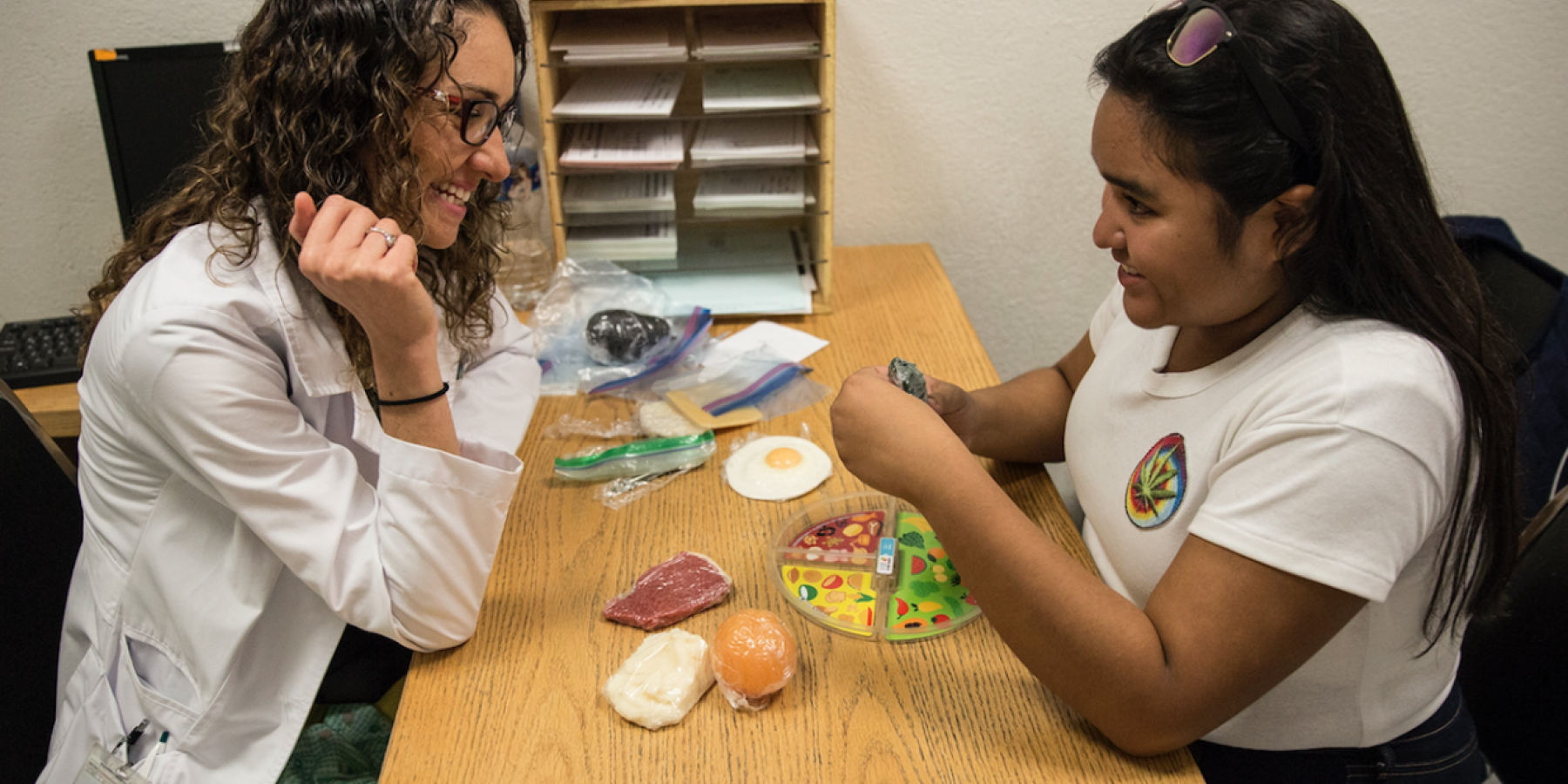Number of children living with obesity worldwide has risen tenfold in the past four decades
11th October 2017

11th October 2017
The number of children and adolescents (ages 5-19) living with obesity has risen 10 times in the past 4 decades, according to a new study led by Imperial College London and the World Health Organization (WHO).
The study, published in The Lancet ahead of World Obesity Day (11 October), analysed weight and height measurements from nearly 130 million people aged over five years, making it the largest ever number of participants involved in an epidemiological study. More than 1000 contributors participated in the study, which looked at body mass index (BMI).
“These worrying trends reflect the impact of food marketing and policies across the globe, with healthy nutritious foods too expensive for poor families and communities," said lead author Professor Majid Ezzati, of Imperial’s School of Public Health. "The trend predicts a generation of children and adolescents growing up obese and at greater risk of diseases, like diabetes. We need ways to make healthy, nutritious food more available at home and school, especially in poor families and communities, and regulations and taxes to protect children from unhealthy foods.”
If post-2000 trends continue, global levels of child and adolescent obesity will surpass those for moderately and severely underweight youth from the same age group by 2022, says the report. In 2016, the global number of moderately or severely underweight girls and boys was 75 million and 117 million respectively.
In conjunction with the release on the new obesity estimates, the WHO is publishing a summary of the Ending Childhood Obesity (ECHO) Implementation Plan. "Countries should aim particularly to reduce consumption of cheap, ultra-processed, calorie dense, nutrient poor foods," says Dr Fiona Bull, programme coordinator for surveillance and population-based prevention of noncommunicable diseases (NCDs) at the WHO.
"They should also reduce the time children spend on screen-based and sedentary leisure activities by promoting greater participation in physical activity through active recreation and sports.”